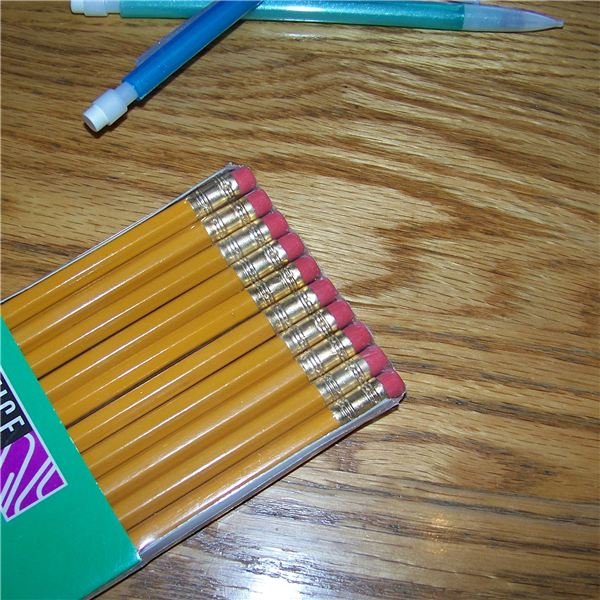Record Keeping for the Middle School Classroom: A Guide for Teachers
Tips for Keeping Track of it All
Record keeping for the middle school classroom is an essential part of being a teacher. Grading can take hours and hours, so it is best to create a system that works for you. Many schools use it as a factor for teacher evaluations, so you must do it and do it well.
Making Sense of it All
Most middle school teachers have at least six classes that have 25-30 students in them. And for many, the class period is only 40-45 minutes in which to teach a lesson, take attendance, record grades, etc. This means that in a school day, most middle school teachers have anywhere from 100-160 students to manage. A teacher must possess certain skills to successfully organize a classroom. This may come easily t o some, but for many teachers they must learn these skills.
To make it easier, record keeping really falls into three basic categories:
- attendance
- grades
- curriculum matters
Taking
**
Attendance
If your are able to remember everything, then you can skip this section. However, if you are like most people, you are going to forget to take attendance once in a while. Whether you take attendance on your computer, bubble sheets or cards, these tips can help you to improve your attendance taking.
Tip #1 – Take attendance at the same time every day. If you do not, then you might forget. For example, for homeroom attendance, do it directly after the morning announcements.
Tip #2 – Ask a student or a group of students to aid you in this task. They should not be allowed to write on the official form or touch your computer, but they can check the class each day for you and help you to remember to do it. I ask for volunteers each school year, and a couple are usually happy to help me with this task.
Tip #3 – Create a seating chart with student photos and keep it with your attendance sheets or computer. Some software allows teachers to print off seating charts with student photos on them. If you can look and see what desks are empty, this can help you quickly take attendance rather than calling the names of 30 students.
Grading Papers
Grading will take a great deal of your time, especially if you are a language arts teacher. It is part of the job, but there are some tips to expedite your grading.
Tip #1 – If you keep your grades on the computer, print a class roster. You can move around the room quickly with it when you are giving points for an assignment.
Tip #2 – Do not procrastinate. I do it all the time, and the longer the papers sit the more I dread grading them.
Tip #3 – Use a rubric. Rubrics tell the students what you want them to do. They make your grading go so much faster because you will be focused during your grading on the criteria that you chose at an earlier date.
Tip #4 – For some homework, you can give completion grades if you go over it in class. This should not mean that every assignment is a completion grade; however, making a few assignments each quarter a completion grade can save you loads of time. This is especially helpful for rough drafts of papers. If you are going to have students peer-edit a rough draft, then you can just give a completion grade for it and take time grading the final copy.
Tip #5 – Focus your grading on key elements. When grading papers, you can tell students in advance that you will be focusing on subject/verb agreement, voice and story structure. This means that you focus on those three things and not everything else.
Tip #6 – Create keys for assignments and store them neatly in a special place on your desk. If you are going to grade a vocabulary quiz in all of your classes on Tuesday, you need to be able to find it Tuesday at least six times. I have spent precious time searching for keys during class time because I put it on a shelf and forgot where I put it.
Tip #7 – Have students in each class period turn in work to a separate bin or basket. This will help you to stay organized.
Tip #8 – For late homework, only give students half credit. This means that you have told them in advance that all homework will be counted as half credit and that you do not need to take time to grade each question.
Curriculum Matters
Some schools now require teachers to record when they cover certain state indicators and benchmarks. The easiest way to do this is to make a grid with each indicator and put a check when you have covered it. This can be on your computer or on a paper copy.
Teachers are expected to keep immaculate records. Hopefully, these tips will help you to keep yours organized and help you to cut down the time it takes you.
Resources/references
Faculty Resource Quick Tips, https://www.park.edu/cetl2/quicktips/grading.html
Rubistar, https://rubistar.4teachers.org/
Photo credit: Kellie Hayden
